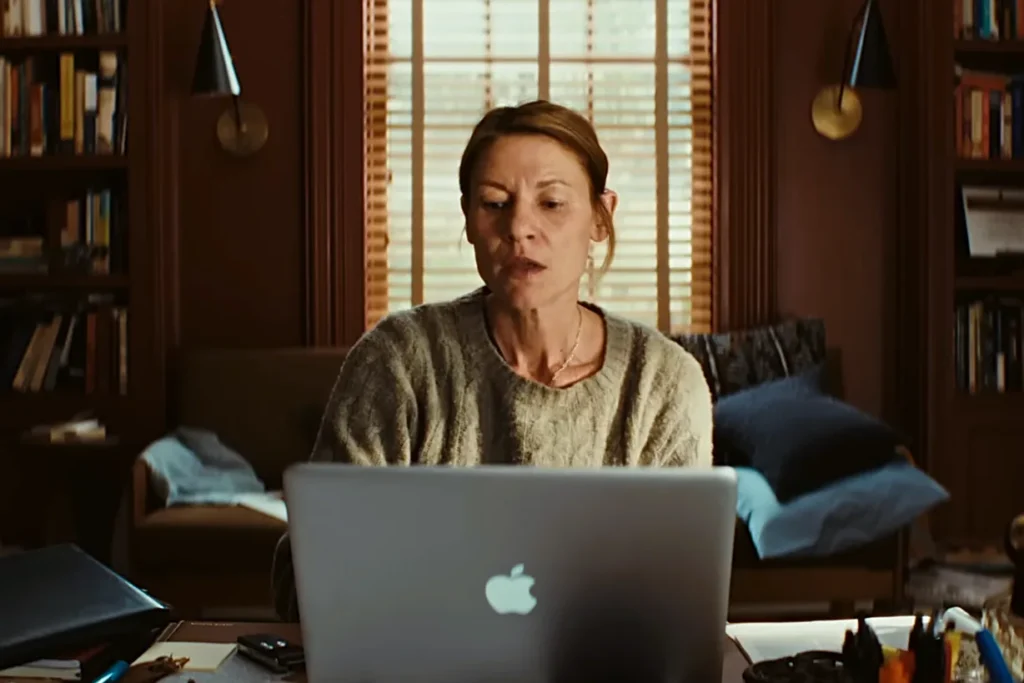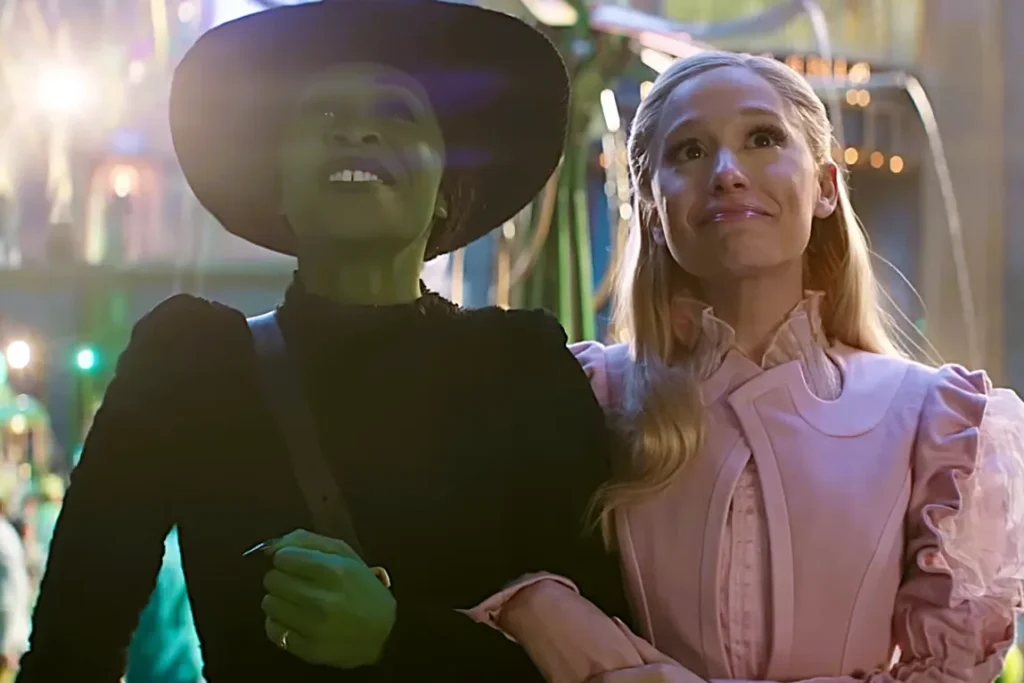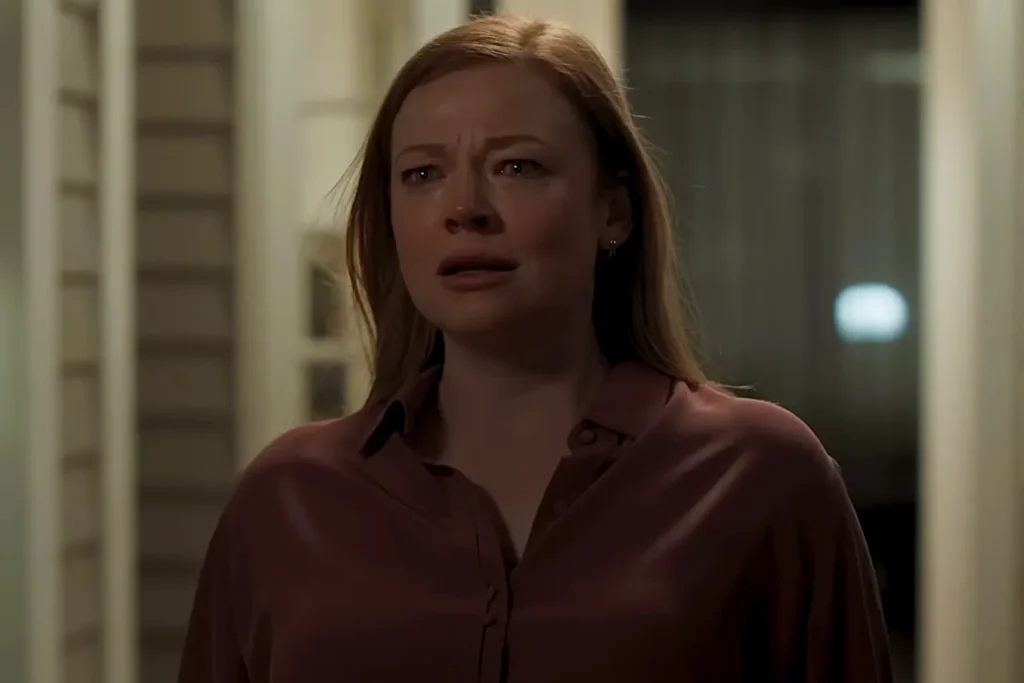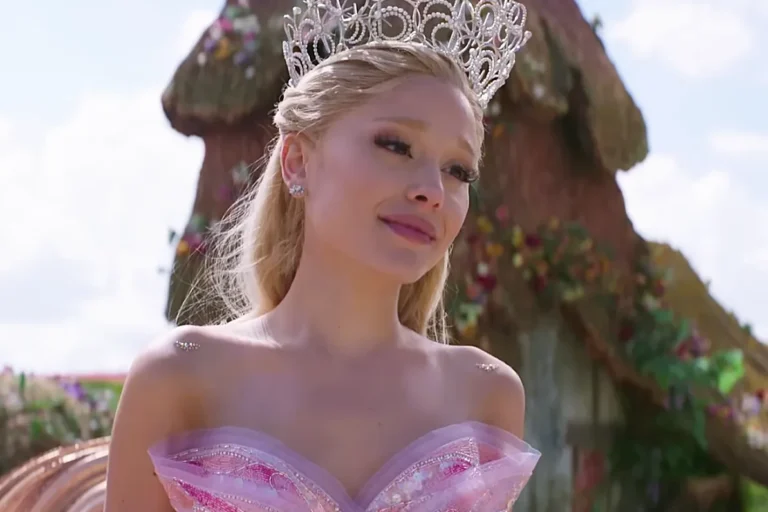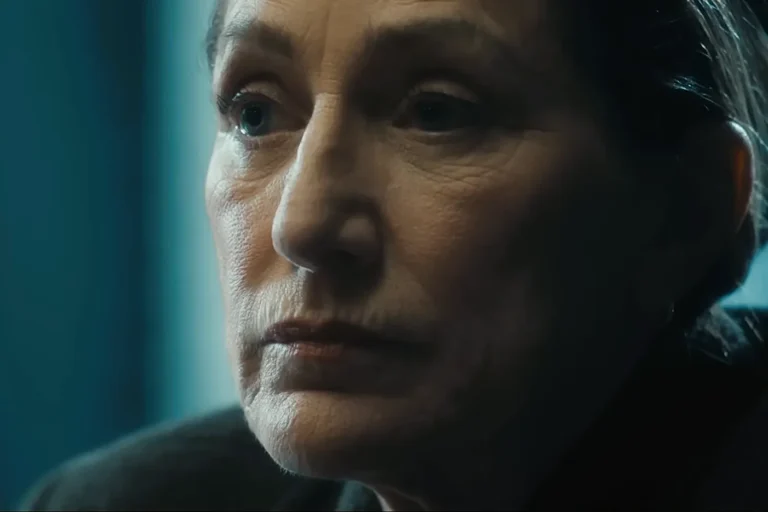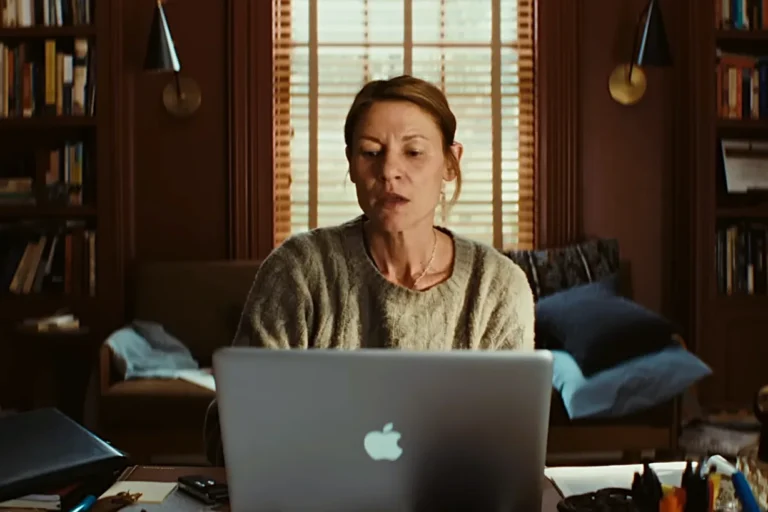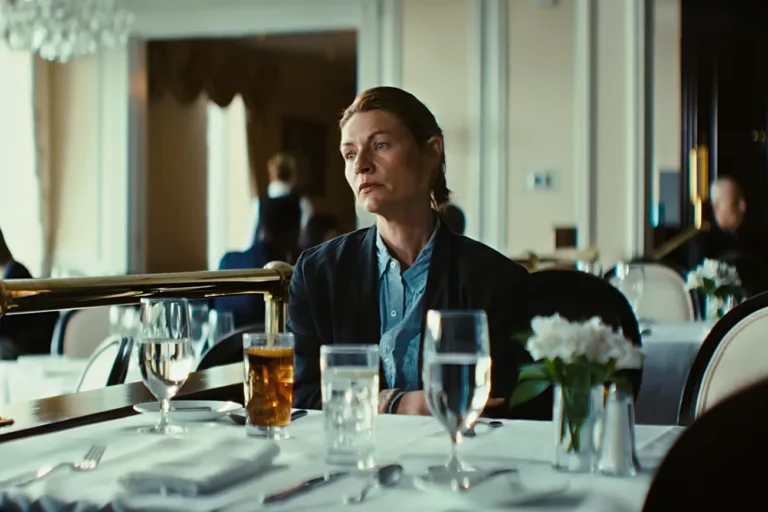Summary:
-
The documentary Selena y Los Dinos focuses on Selena’s upbringing, family band, and rise to Tejano stardom not the details of her murder.
-
Featuring home videos, interviews, and archival footage, it highlights Selena’s music, family bond, and entrepreneurial ambitions.
-
Director Isabel Castro and Selena’s sister Suzette reflect on the singer’s legacy and why her influence continues to grow 30 years later.
Netflix’s Selena y Los Dinos arrives three decades after Selena Quintanilla-Pérez’s death, bringing renewed attention to the musical dynasty that shaped her. Instead of rehashing the tragedy that ended her life at 23, the documentary focuses on the family band, the long road to fame, and the vibrant personality fans loved. It’s a tender, intimate look at the superstar whose influence stretches far beyond Tejano music.
What Is the True Story Behind Selena y Los Dinos?

The documentary traces the beginnings of the Quintanilla family’s musical journey in Texas, long before Selena became the face of Tejano music worldwide. Born in 1971, Selena grew up in a tight-knit Mexican-American household where music functioned as both passion and survival. When her father Abraham lost his job at Dow Chemical, the family relocated to Corpus Christi and threw themselves into performing at local events.
Abraham’s vision was bold. He didn’t just want a family band—he wanted the Mexican-American answer to the Jackson 5. Selena, Suzette, and A.B. became Selena y Los Dinos, playing weddings, fairs, and neighborhood parties. A.B. describes the ambition bluntly in the documentary: their father wanted to build something iconic, and the kids followed his lead.
By age eight, Selena was already recording music. The documentary uses home videos to show the early spark of what would become one of the most recognized voices in Latin music.
The Netflix film avoids sensationalism. There is no deep dive into the tragic murder or the trial that followed. Instead, viewers meet Selena as a daughter, sister, fashion lover, budding entrepreneur, and artist finding her voice alongside the people she loved most.
READ MORE: Inside the Tragic True Story of the Carman Family Deaths
How Does the Documentary Recreate Life on the Road With Selena y Los Dinos?

One of the documentary’s most charming sections is its look at life on the road. Suzette Quintanilla, Selena’s sister and Los Dinos’ drummer, says her favorite memories didn’t happen onstage they happened in the band’s worn-down tour bus, Big Bertha.
The film shows grainy home videos:
-
Selena sprawled across bus seats eating McDonald’s
-
siblings teasing each other during long drives
-
the band sweating through miles with barely functioning AC
-
late-night laughter echoing through Big Bertha’s cramped hallways
“It was hella hot in the bus,” Suzette recalls in her interview. “But it was the vibe. Our van was an extension of our family.”
The documentary also revisits the moment when guitarist Chris Pérez joined the band—an addition that changed both their music and Selena’s life. Their romance is portrayed lovingly, not dramatically, highlighted by Chris reading Selena’s heartfelt love letter on-screen.
The Quintanillas didn’t have glamour or perfect conditions. They had talent, determination, and a family bond strong enough to weather bad gigs, long drives, and a music industry slow to recognize Tejano artists.
READ MORE: A Man on the Inside Season 2 Cast & Characters: Who is Returning and Why
How Did Selena y Los Dinos Become Famous?

Selena’s ascent wasn’t overnight. While many fans associate her rise with her Grammy win or her crossover single “Dreaming of You,” Selena y Los Dinos shows how much work happened years earlier.
A Decade of Award Shows Before Mainstream Recognition
The band dominated the Tejano Music Awards throughout the 1980s. Tejano music, already booming within Mexican-American communities, became the fastest-growing segment of the Hispanic recording industry. Selena became the face of that growth.
Director Isabel Castro points out that Latino artists often achieve huge success within their community long before the “general market” pays attention. Selena was already a superstar in Texas and Mexico years before EMI signed her in 1989.
The EMI Recording Contract That Changed Everything
Landing a deal with EMI was the turning point. The label saw the potential of a charismatic bilingual singer with crossover appeal. But Selena still had more to prove. Her stunning live performances, sparkling stage outfits, and down-to-earth charm launched her to the top of Tejano charts.
A sponsorship with Coke followed. Then came the Grammy for Selena Live!, which signaled to the broader music world just how big she had become.
TIME magazine described her as “the embodiment of young, smart, hip, Mexican-American youth”—a rare mainstream acknowledgment of a Latina artist who had already built an enormous fan base.
Still, the documentary quietly raises a point that resonates today: Latin music wasn’t—and often still isn’t—given the visibility it deserved. As Castro says, Latino success is “often siloed,” and Selena was fighting to break those barriers decades before Bad Bunny or Karol G topped global charts.
READ MORE: The Running Man Cast: Who Plays Who in Edgar Wright’s Thriller?
What Do We Learn About Selena’s Personality and Offstage Life?

The documentary gives viewers a deeper sense of Selena’s character beyond the glittery bustiers and stadium tours.
1. Selena the Fashion Lover
Selena had a bold fashion sensibility long before she had the budget to support it. She sewed her own stage outfits and dreamed of opening her own clothing line. The documentary includes a hilarious moment when she convinces her family to perform in sparkly cow-print suits—a vision only she could pull off.
2. Selena the Businesswoman
In interviews shown in the film, Selena insists that she wants to be recognized not just as a performer but as a savvy entrepreneur. She wanted to expand into retail, design her own clothes, and build an empire that reflected her creativity and heritage.
“I want to prove I’m intelligent enough to be a businesswoman as well as an entertainer,” she says in archival footage. Her ambitions were larger than the pop star image often imposed on her.
3. Selena the Daughter and Sister
Suzette says the documentary brought back memories she didn’t realize she’d forgotten—late-night bus rides, sisterly jokes, and small moments of joy that made the grind of touring worth it. Those moments hit hardest, Suzette admits, because “I miss those moments so much.”
Family wasn’t just a theme in Selena’s music; it was the foundation of her life.
READ MORE: Does Now You See Me 3 Include Any Mid- or Post-Credit Scenes?
Why Does Selena y Los Dinos Still Matter Today?

Even after 30 years, Selena’s influence hasn’t faded it has grown. The documentary closes at the Selena Museum in Corpus Christi, where the Quintanilla family has preserved her costumes, photos, letters, and awards. Increasingly, the people lining up are teenagers and young adults who were not alive when Selena performed.
The family agreed to participate in the Netflix project because they saw a new generation discovering her online through TikTok trends, music remixes, and viral nostalgia. They wanted the documentary to contextualize the legend behind the icon.
Marcella Quintanilla, Selena’s mother, delivers one of the documentary’s most moving lines: “They took her life, but we’re going to keep her alive through her music.”
Director Castro says that Selena wasn’t just breaking records she was breaking cultural boundaries, refusing to let Tejano artists be boxed in or overlooked. In many ways, the industry still hasn’t caught up to her.
READ MORE: How Now You See Me Now You Don’t Connects to the First Two Movies
Does the Documentary Talk About Her Death?

Not directly. Selena y Los Dinos avoids graphic detail and does not center Yolanda Saldívar or the events at the Days Inn in 1995. Instead, it focuses on:
-
her rise
-
her artistry
-
her family
-
her dreams
-
her impact
The emotional ending lets Selena have the final word. In an interview clip, she reflects on the fragility of fame:
“I would like to do it the rest of my life but I’m going to die. How long I will be up here is up to them.”
It’s a moment that lands heavily, reminding viewers how much she accomplished in so little time and how much she had left ahead of her.
READ MORE: Frankenstein’s Ending Explained: Why the Backlash
Release Date & Streaming Info:
Release Date: Now streaming
Platform: Netflix
Runtime: Approximately 95 minutes
Format: Documentary featuring interviews, archival footage, home videos, and new conversations with the Quintanilla family.
Source: Time
Stay updated with the Latest News and Stories, follow us on our social media platforms.
You can follow us on:
Nerdveda is Popculturexp on X
Stay Connected!! Join our Whatsapp Channel





